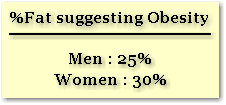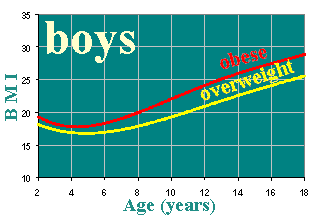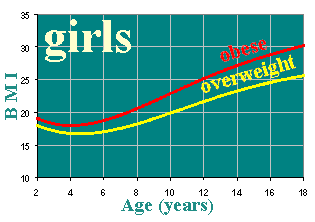|
How
accurate is BMI in predicting fat, and what are its limitations? This
is important because body composition rather than body mass is the more
significant predictor of health risk. That is, knowing the level of body
fat is more important than simply knowing body weight. Studies have found
that BMI is not always accurate in predicting an individual's levels of
body fat.
"Significant
numbers of people with a BMI below 30 kg/m2
are also obese and thus misclassified by BMI"
1
"Measurement
of body fat is a more appropriate way to assess obesity in people with
a BMI below 30 kg/m2"
1
In
one study, of the subjects with a BMI below 30 (not obese according
to BMI), about one-third of the men and almost one-half of the women were
obese according to their measured levels of body fat. Some individuals
who were found to be obese judging by percent fat had a BMI as low as
20. The conclusion is that BMI assessment produces significant numbers
of false negatives - seemingly non-obese individuals by BMI who nevertheless
qualify as obese by percent fat.
|



